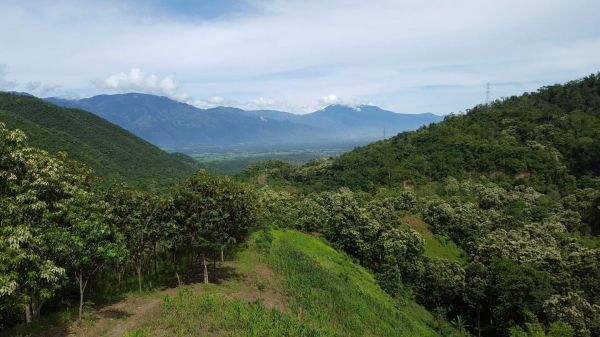The importance of pollinators to ensure successful harvests and thus global food security is widely acknowledged. However, the specific pollinators for even major crops – such as cocoa – haven’t yet been identified and there remain many questions about sustainability, conservation and plantation management to enhance their populations and, thereby, pollination services. Now an international research team based in Central Sulawesi, Indonesia and led by the University of Göttingen has found that in fact ants and flies – but not ceratopogonid midges as was previously thought – appear to have a crucial role to play. In addition, they found that promoting biodiversity friendly landscapes, leaf-litter and trees providing shade in agroforestry systems were important to enhance tiny cocoa pollinators. The research was published in Biological Conservation.
The team, in collaboration with Tadulako University in Palu, carried out two separate experiments involving 42 cocoa agroforestry farms in the Napu Valley of Central Sulawesi. The work included applying a sticky glue to over 15,000 flowers in more than 500 trees for an eight-month period and recording the identity and abundance of captured flower visitors. In one experiment involving 18 farms, they investigated the effect of the distance between the forest and the farm, and the amount of canopy cover from shade trees, on the abundance of the main pollinators. In the second experiment in 24 different cocoa farms, they measured the effect of leaf-litter management on pollinators. In both experiments they quantified the amount of forest and agroforests surrounding the 42 cocoa farms.
Read more at University of Göttingen
Image: Landscapes in Central Sulawesi, Indonesia, dominated by cocoa plantations (Credit: Manuel Toledo)


